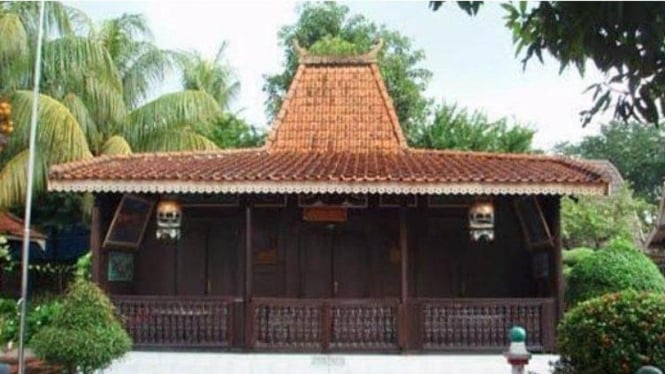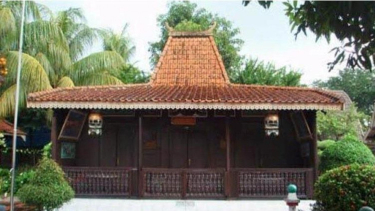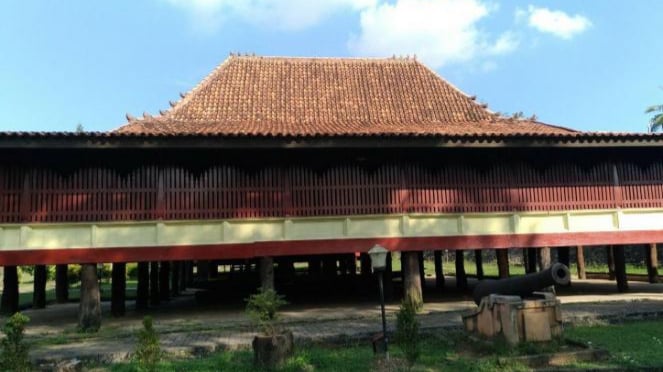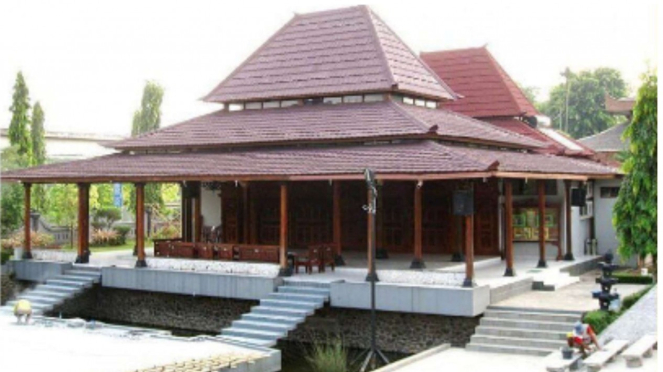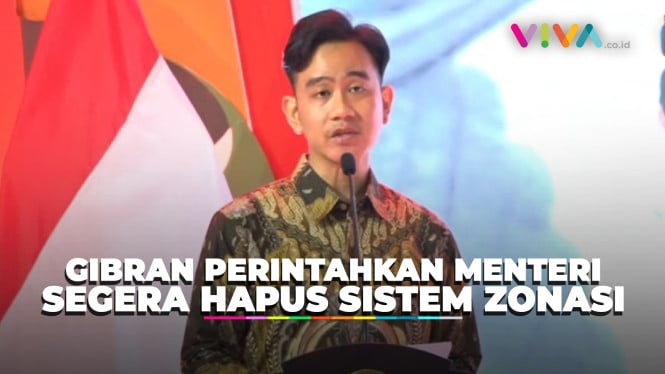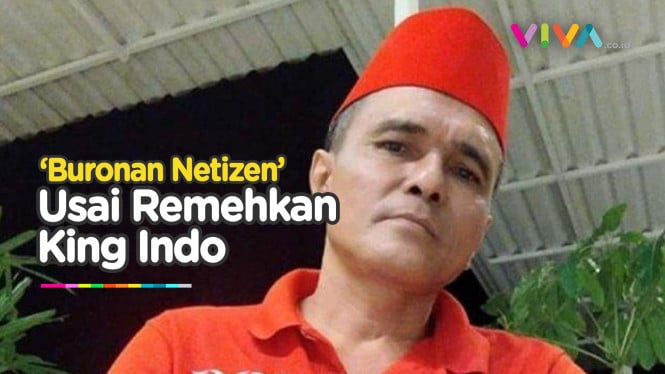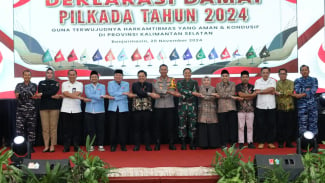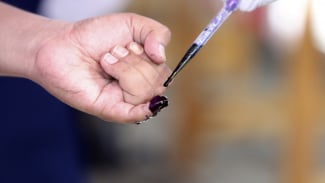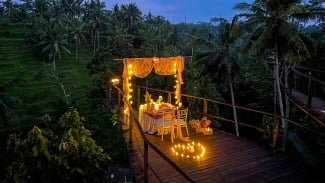Five Traditional Houses of Central Java, Full of Culture
- vstory
VIVA – Central Java is one of the provinces that has a diversity of traditions and cultures. One form of wealth owned by Central Java is the various kinds of traditional houses owned.
A traditional house means a house that is built in the same way from generation to generation without undergoing any changes. In addition, a traditional house means a house that was built by taking into account the usefulness of the social function and the cultural meaning of the building style.
Traditional houses are the works of the ancestors which are an important component of the physical elements of cultural reflection and the tendency traits in society.
All these traditional houses from Central Java have unique values ??and cultures, depending on their origin and placement. So, here are some traditional houses in Central Java that are full of culture.
1. Joglo House
The Joglo Central Javanese traditional house is known as a house for the nobles or the rich. It is because the house is made of a more expensive type of wood than usual.
This house has the characteristic that there are four main pillars in front of the house. Inside the room, there are also two parts. The main section consists of Pendopo, Emperan, Pringgitan, Senthong Tengah, Senthong Kiwa, and Senthong Engen. While the additional part of the house there is a Gandhok room.
To make this house requires a lot of money. At least, someone has to spend money starting from hundreds of millions of rupiah depending on the size of the area and also the type of wood to be used.
2. Limasan Traditional House
Rumah Limas.
- U-Report
The Limasan Traditional House of Central Java refers to a roof that has a pyramid shape. The roof of this traditional house has four different sides and at first glance, it is quite similar to the traditional house of South Sumatra. However, this traditional house consists of various types, namely Lawakan, Gajah Mungkur, Klabang Nyander, and Semar Pindohong.
This traditional house is generally made of solid brick material and uniquely, this Limasan traditional house is not painted or wrapped with other layers. But it still looks beautiful even though it's simple.
3. Tajug Traditional House
Masjid Agung Demak.
- U-Report
This traditional house has a unique concept because the design and function of this Central Javanese traditional house are used as a place of worship. The reason, this one traditional house should not be built carelessly. One example of a Tajug traditional house that is quite popular in Indonesia is the Great Mosque of Demak.
There are also various types of this traditional house, ranging from Lambang Sari, Mangkurat, Semar Tinandhu, and Semar Sinongsong. The roof has a shape that is almost the same as the roof of a traditional Joglo house. The tip of the roof of the Tajug traditional house is triangular which represents the eternity and oneness of God.
4. Panggang Pe Traditional House
Rumah Adat Panggang Pe
- Tangkapan Layar: Instagram
Panggang Pe Traditional House or also known as Cakrik House is one of the traditional houses of Central Java. The meaning of the name Panggang Pe consists of two words, namely roasted and means to be dried in the sun.
The origin of the name is because in ancient times the Panggang Pe House functioned to dry agricultural commodities, such as tea leaves, cassava, and so on.
This Central Javanese traditional house is also seen as one of the simplest Javanese traditional houses in terms of architecture because it is dominated by pillars.
The house also usually has a square or square shape and has four to six pillars supporting the main pillar or what is called a Saka.
5. Kampung Traditional House
Rumah Adat Kampung di Jawa Tengah
- Tangkapan Layar: Instagram
The Kampung traditional house usually occupied by ordinary people or the lower middle class. A special feature of the village house is the number of pillars that are multiples of four.
The house building has a rectangular shape and has two layers of poles to support the roof of the house. Each support pole is made of strong ribs, beams, and battens. Usually, this traditional house has a terrace in front and behind the house.


